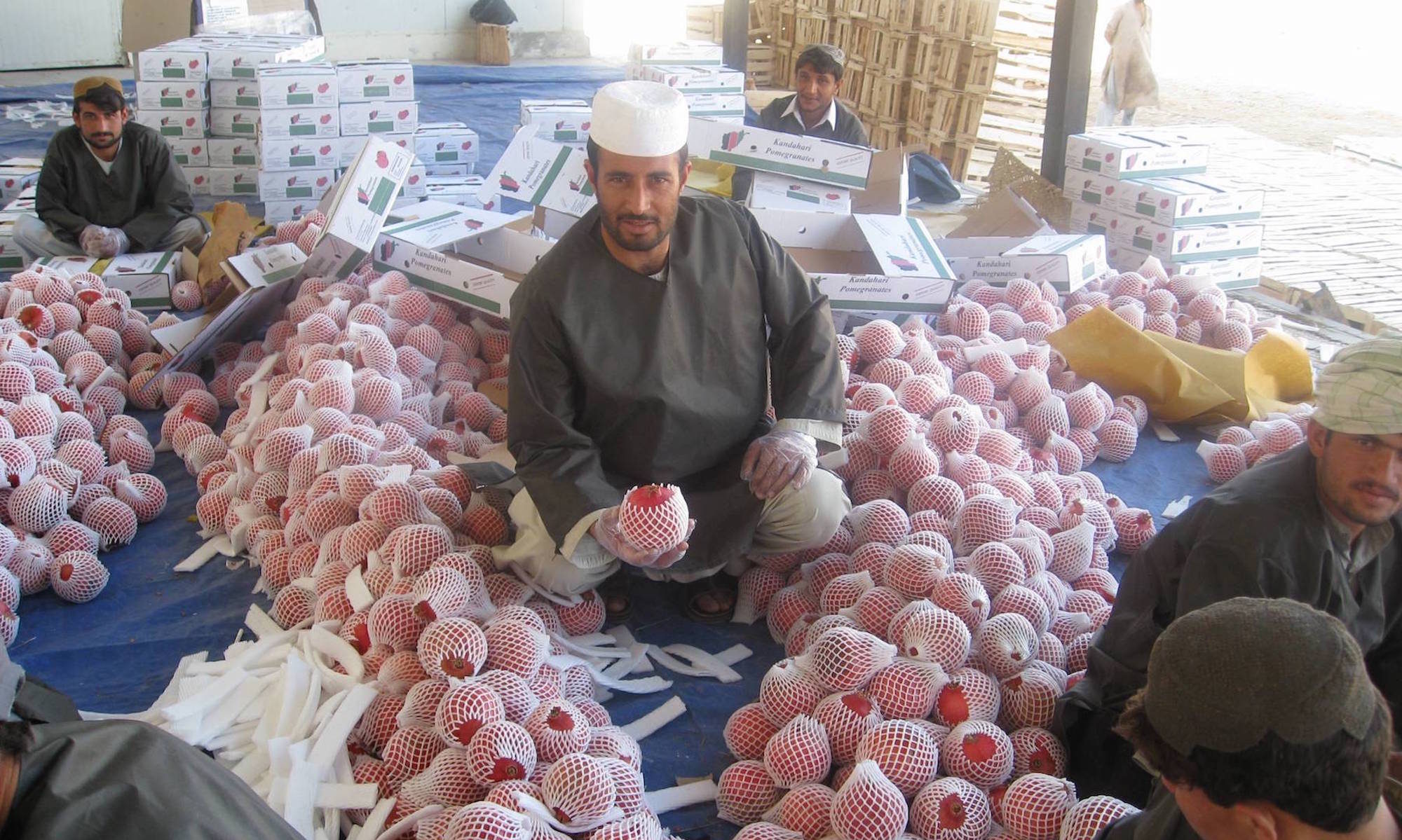Aid, Policy, and Growth in Post-Conflict Societies
Countries emerging from civil war attract both aid and policy advice. This paper provides the first systematic empirical analysis of aid and policy reform in the post-conflict growth process. It is based on a comprehensive data set of large civil wars and covers 27 countries that were in their first decade of post-conflict economic recovery during the 1990s. The authors first investigate whether the absorptive capacity for aid is systematically different in post-conflict countries. They find that during the first three post-conflict years, absorptive capacity is no greater than normal, but that in the rest of the first decade it is approximately double its normal level. So ideally, aid should phase in during the decade. Historically, aid has not, on average, been higher in post-conflict societies, and it has tended to taper out over the course of the decade. The authors then investigate whether the contribution of policy to growth is systematically different in post-conflict countries, and in particular, whether particular components of policy are differentially important. For this they use the World Bank policy rating database. The authors find that growth is more sensitive to policy in post-conflict societies. Comparing the efficacy of different policies, they find that social policies are differentially important relative to macroeconomic policies. However, historically, this does not appear to have been how policy reform has been prioritized in post-conflict societies.
When Peacebuilding Contradicts Statebuilding: Notes from the Arid Lands of Kenya
Local peace initiatives have been introduced in post-conflict settings in aid of statebuilding processes. However, contradictions in such efforts that undermine the state become apparent in a development context when government institutions are, generally, functioning. Peacebuilding initiatives in the arid lands of Kenya are a good example of this. While they have proved successful in resolving conflicts at the local level, they challenge the state structure in three ways. First, some of their features run counter to the official laws of Kenya and jeopardize the separation of powers. Second, they pose a dilemma, since their success and legitimacy are based on grassroots leadership and local concepts of justice. Both can be at odds with democratic decision-making, inclusiveness and gender equity. Third, they provide yet another tool for abuse by politicians and other local leaders. This reveals a dilemma: aspects of peacebuilding can actually undermine a statebuilding endeavour.
